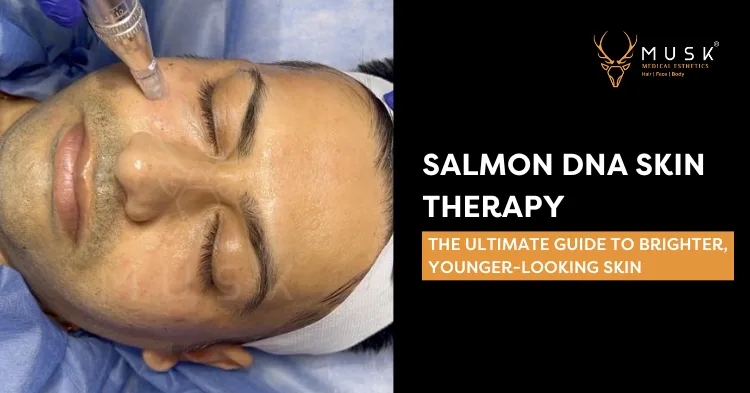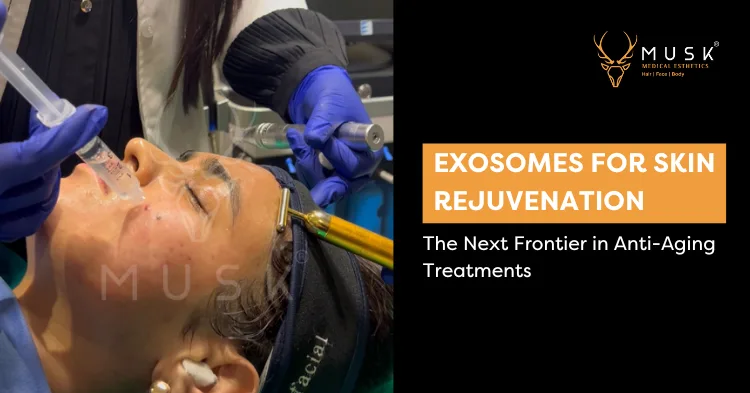What to Expect After a Chemical Peel – A Definitive Guide

Over time, you may realize that your skin is no longer as youthful as it used to be years ago. Fine lines, wrinkles, and dark spots are getting more visible. Acne scars and hyperpigmentation are getting more stubborn. While there is no magic pill that can decrease these wrinkles and dark spots, chemical peels can help remove your skin’s imperfections.
What Is A Chemical Peel?
A chemical peel is an FDA-approved skincare treatment that aims to bring back the youthful glow of your skin by removing skin impurities such as dead skin cells. The procedure includes applying a chemical solution to the skin to remove its outermost layer. This solution makes your skin exfoliate and then peel off. After the treatment, your skin will be renewed, smoother, and skin imperfections such as discoloration, wrinkles, and acne scars will be minimized.
There are three types of chemical peel treatments that have varying depths and address different issues:
(1) Light Chemical Peel – this chemical peel will only remove the outermost layer of the skin (AKA the epidermis) to treat wrinkles, acne, uneven skin tone, and dull skin. Peeling may be expected for two to five days.
(2) Medium Chemical Peel – this type of chemical peeling solution aims to remove the epidermis from the portion of your dermis. Medium chemical peeling may require several sessions for the best results.
(3) Deep Chemical Peel – this type of chemical peeling solution aims to remove skin cells from the skin’s deeper layer. This is recommended for individuals with deep acne scars, wrinkles, or deeply pigmented skin conditions.
What To Expect During The Treatment?
Chemical peeling treatment is an outpatient procedure performed inside the doctor’s clinic or in a hospital. Few weeks before the procedure, it is recommended to use retinoid cream to help boost healing. The chemical solutions to apply on your skin may be glycolic acid, trichloroacetic acid, salicylic acid, lactic acid, carbolic acid (phenol), and many more. Sometimes, it can be used in combinations as well.
During the treatment process, you may feel a stinging or burning sensation on the skin’s treated area. A pain relief medication or a cold compress may be helpful to manage it. After the treatment, skin minor exfoliation may appear. Over time, scaling will appear followed by the peeling process.
Avoid sun exposure because your new skin cells are still fragile. You should also avoid using cosmetics for the first few weeks as the chemicals in them might irritate your skin and delay skin healing.
Chemical Peel Treatment At Musk Clinic
At Musk Clinic, our in-house team of qualified experts offers all types of Chemical Peels to patients with varying skin care needs. We rely on the best medical practices and latest tools to ensure an effortless & efficient treatment with lasting results. Even after the procedure, we arrange frequent follow-up sessions to help the patients with post-treatment care. Schedule an appointment with us to peel your skin concerns away.











